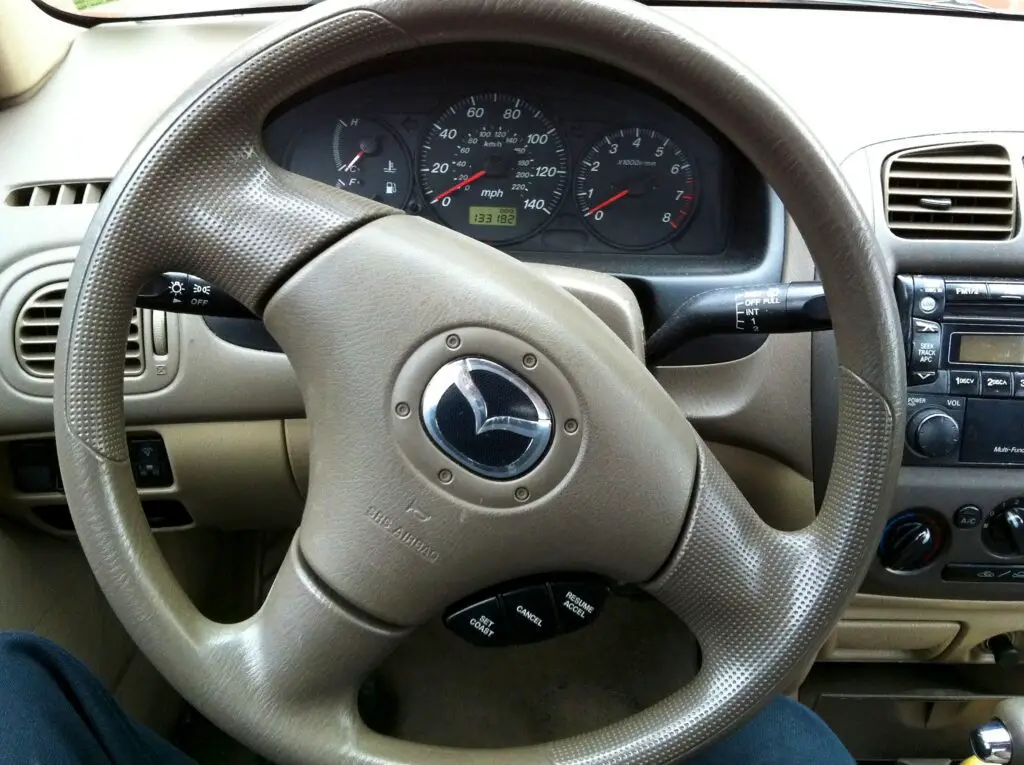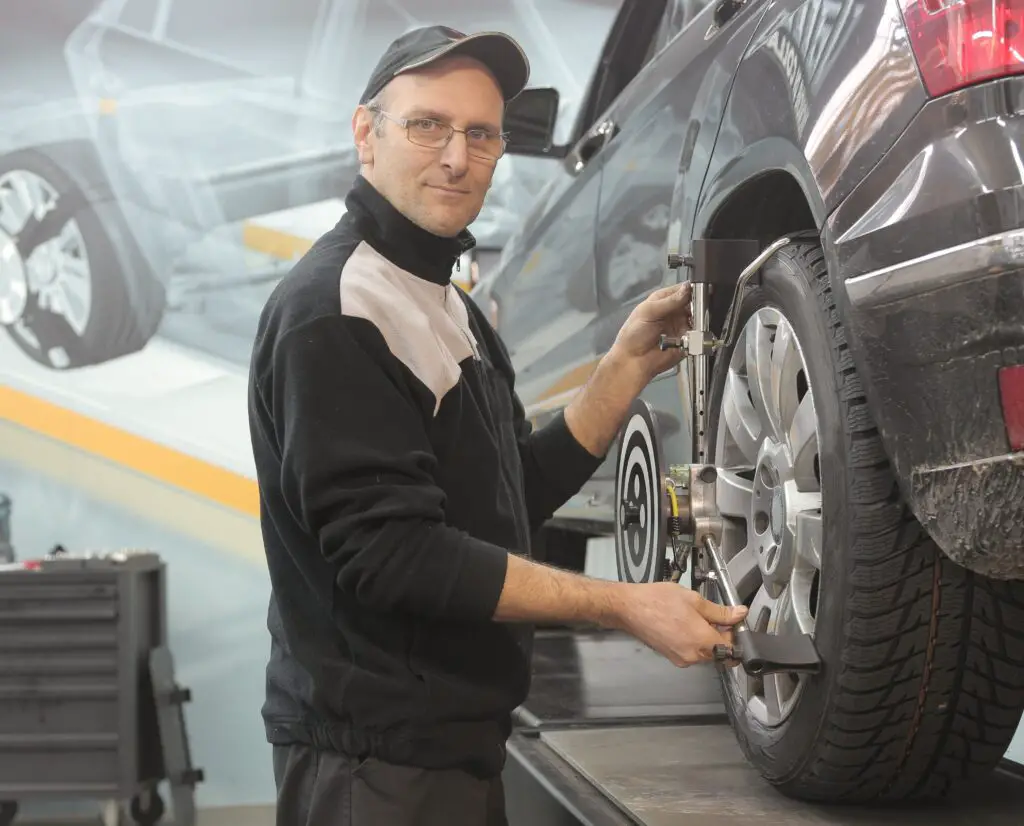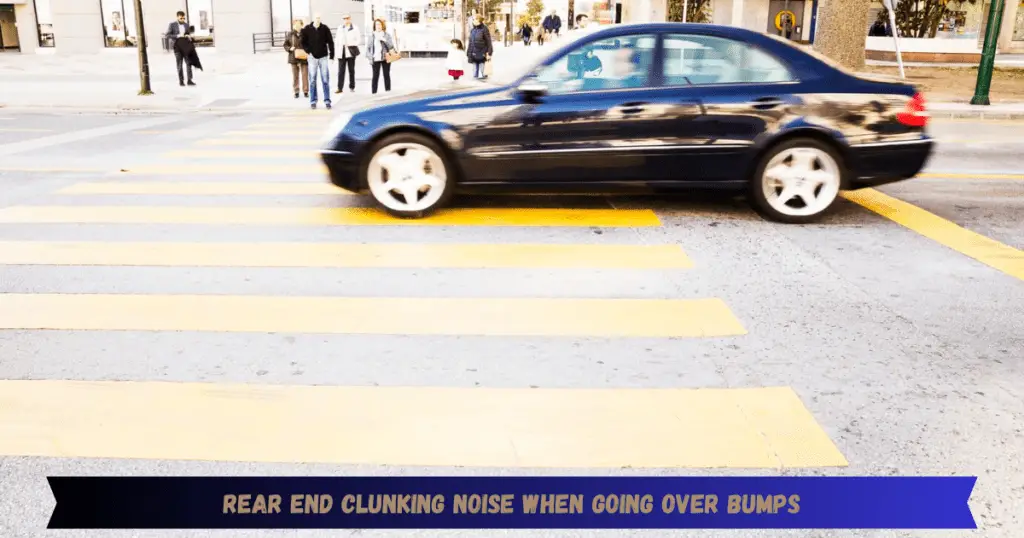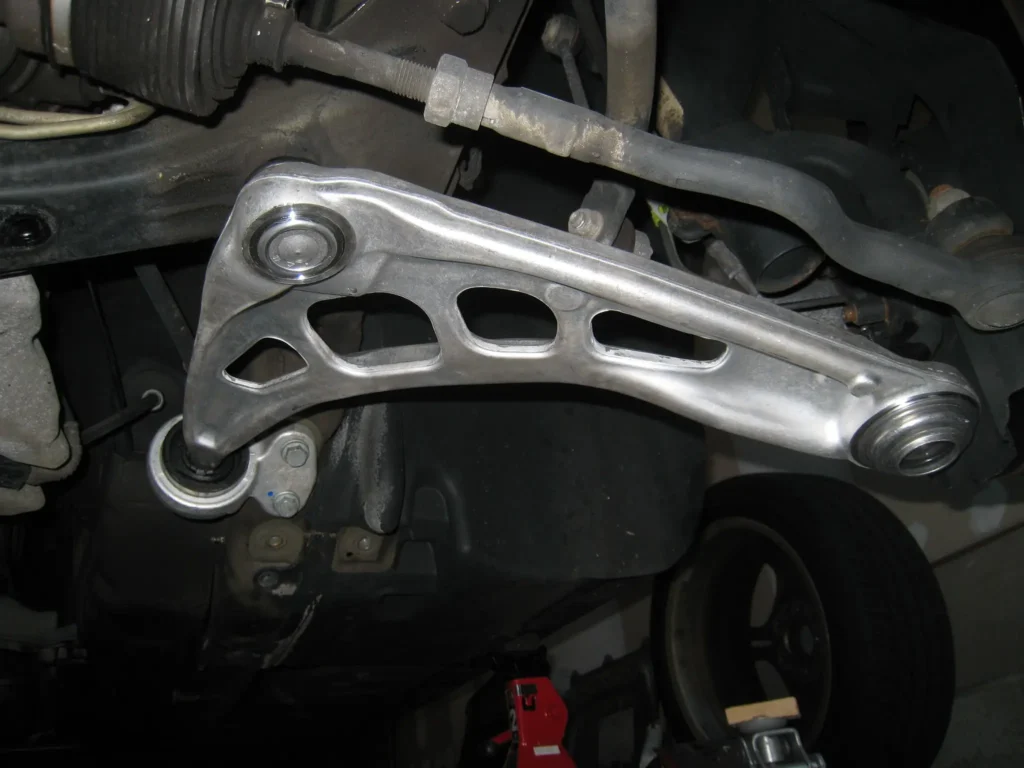You hope in your car, grab the steering wheel, and feel a concerning looseness. Turning the wheel results in a delayed, wandering response from the front tires. This “loose steering” makes driving unpredictable and dangerous.
What causes the steering wheel feeling loose and how can you restore precision handling? This guide explores the common culprits behind a steering wheel feeling loose and proven fixes to tighten things up.
Contents:
- Signs Your steering wheel feeling loose
- Causes of Loose Steering
- Testing for Loose Steering
- FAQs on Loose Steering
- How to Tighten a Loose Steering Wheel
- When to Call a Mechanic
- Preventing Loose Steering
Signs Your Steering Wheel Feeling Loose
Detecting loose steering issues early is key. lookout for these common indicators:
- Excess Play – Turning the wheel slightly has no effect until an imaginary “dead zone” is passed.
- Delayed Response – You turn the wheel but the vehicle reacts slowly and takes too long to change direction.
- Wandering – The vehicle drifts or doesn’t track straight, requiring constant small steering corrections.
- Shimmying – The steering wheel and front end vibrate at high speeds or when hitting bumps.
Don’t ignore these symptoms. Loose steering progressively worsens and makes vehicles unpredictable in emergency maneuvers.
Causes of Steering Wheel Feeling Loose
Like a loose tooth, loose steering has several possible causes:
Worn Steering Linkage
The steering linkage connects the steering wheel to the rack and pinion or steering gearbox. As the components wear over years of use, they develop “slop”:
- Rack and pinion bushings become loose, allowing play.
- Pitman arms get bent or develop excessive wear.
- Weakened tie rods cause delayed response.
This worn linkage prevents precise wheel control, leading to a loose feel.
Faulty Power Steering
Power steering uses fluid pressure to reduce steering effort. Problems here manifest as looseness:
- Low fluid levels reduce assist, making the wheel vague.
- Leaks in the hoses and gear allow air pockets that create lag.
- A worn belt slips, intermittent assist.

Contaminated or insufficient fluid disables proper power steering operation.
Suspension Wear
The steering linkage attaches to suspension components like ball joints and control arms. If these connections get worn out, steering precision suffers:
- Worn ball joints introduce play in steering response.
- Deteriorated bushings allow wheel alignment issues.
- Broken springs shift suspension geometry.
Worn suspension linkages must be identified and replaced early.
Wheel Balance and Alignment
Out-of-balance tires and improper alignment also impact steering feel and control:
- Unbalanced tires cause wheel shimmy, especially at higher speeds.
- Misalignment leads to pulling, wandering, and uneven tire wear.
- Crashes can knock components out of alignment.


Regularly balancing tires and realigning the wheels prevents looseness.
Testing for Loose Steering
To pinpoint what’s causing loose steering, have a mechanic conduct these tests:
- Shake the wheels to check for worn ball joints or tie rods.
- Inspect steering linkage components for excessive play.
- Verify proper power steering fluid levels and condition.
- Test drive to experience the specific symptoms.
- Check wheel balance and alignment status.
Thorough testing localizes the issue and determines necessary repairs.
FAQs on Steering Wheel Feeling Loose
Still, seeking steering wheel feeling loose answers? These common questions provide insight:
How do you fix a loose steering wheel?
Tightening worn steering linkage components or replacing damaged parts restores precise response. Power steering repairs may be needed if low fluid or component leaks are found.
Will wheel alignment fix loose steering?
If loose steering is caused by out-of-alignment wheels, then yes – an alignment will center the wheels and reduce wandering or pulling. But it won’t fix mechanical issues like worn steering or suspension components.
Why does my steering wheel feel weird?
Odd steering sensations like vibration, delayed response, intermittent tightness, and looseness indicate problems in the steering or suspension. Have the wheel thoroughly inspected to determine the cause.
What is the main cause of loose steering?
The most common cause is worn steering linkage components like rack bushings, tie rods, and ball joints. These allow slop and play to develop over time, degrading steering precision.
How do you tighten steering?
Replacing any loose linkage components will eliminate play and tighten steering response. For power steering, ensure proper fluid levels and check for leaks causing air in the system.
What are the signs of bad ball joints?
Clunking noises during turns, steering wandering, and uneven tire wear point to worn ball joints. A mechanic can verify looseness by shaking the wheels and suspension.
Can low tire pressure cause loose steering?
Yes, significantly under-inflated tires can lead to vague, loose steering feel and handling issues. Always maintain proper pressure.
What is the most common steering problem?
By far the most frequent steering issue is worn linkage components like tie rods and ball joints. Their gradual deterioration leads to looseness and play in the steering over years of driving.
How to Tighten a Steering Wheel Feeling Loose
Here are tips for eliminating loose steering:
- Replace any worn steering or suspension links causing play.
- Fill the power steering fluid if low and fix leaks.
- Replace damaged steering belts and hoses.
- Balance tires and perform a wheel alignment.
- Rotate and replace worn tires causing pull or shimmy.
Proper repairs will restore responsiveness and precision to loose steering.
When to Call a Mechanic
See a professional if:
- You lack the tools or skills for repairs.
- The specific cause of looseness can’t be found.
- The problem persists after repairs.
- New issues like grinding arise.
For involved repairs like rack replacement or aligning complex suspension geometry, leave it to an experienced mechanic.
Preventing Loose Steering
Practice proactive maintenance:
- Inspect suspension and steering components during routine servicing.
- Replace worn parts early before excessive looseness develops.
- Address abnormal tire wear, pulling, or vibrations quickly.
- Maintain proper power steering fluid levels.
- Balance tires and realign chassis regularly.
Staying vigilant preserves tight steering response and road control. Don’t tolerate loose steering!
The Takeaway – Steering Wheel Feeling Loose
Like a loose tooth, loose steering progressively worsens if left unchecked. Familiarize yourself with its warning signs, likely causes, and viable repairs. Addressing issues promptly maintains your steering system in its best condition for safety and driving enjoyment. With an attentive eye and prompt repairs, you can keep your steering responsiveness tight!





